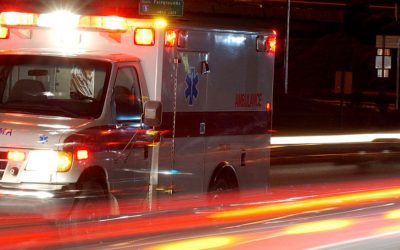After providing high-quality voice, high-definition video and collaboration capabilities to over a billion subscribers around the world, supporting numerous smartphones and tablets, enriched by millions of applications, it is time for our first responders to take advantage of the Mobile Broadband capabilities in order to deliver more effective emergency services and, in short, save more lives.
First responder organizations—ambulance services, fire-fighters, search and rescue, disaster recovery, law-enforcement, airport and utility security—all aspire to more advanced and reliable mission critical communication solutions, installed on ruggedized platforms or BYODs, and offering enhanced situational awareness that will help them to do their jobs effectively.
There are, however, a number of challenges in developing Public Safety over LTE and 5G devices and applications, mainly due to the complexity of the underlying standards and the stringent requirements and regulations with which they need to comply.
In this white paper we outline:
- Drivers towards adoption of LTE and 5G for public safety communications networks.
- Challenges in developing devices and applications for these networks.
- Criteria for effectively evaluating third-party public safety broadband SDKs.
- Softil’s BEEHD framework for mission critical communications over LTE.and 5G






